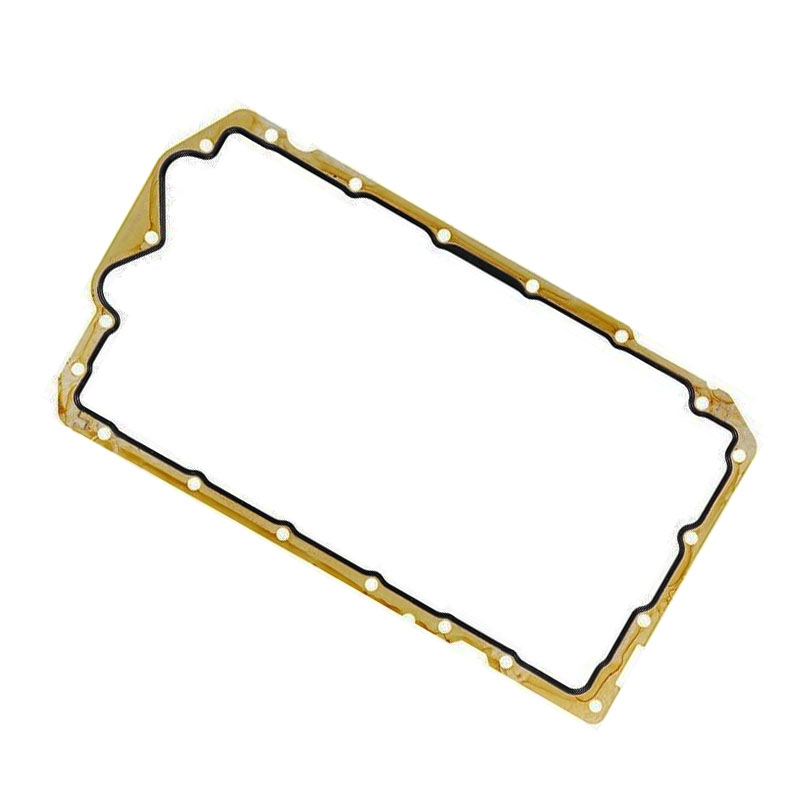305 oil pan gasket
Understanding the 305 Oil Pan Gasket A Comprehensive Guide
The oil pan gasket is a crucial component in any vehicle’s engine, providing a reliable seal between the oil pan and the engine block. For those delving into specific applications, such as the 305 cubic inch engine (often found in Chevrolet vehicles), understanding the details surrounding the oil pan gasket is essential for maintaining engine performance and longevity.
What is an Oil Pan and Its Function?
The oil pan, sometimes referred to as the sump, is a large metal container that holds engine oil. This oil serves several key functions, including lubrication of moving parts, cooling, and cleaning. The oil pan is located at the bottom of the engine, collecting oil that drains down from the upper parts of the engine. An oil pan gasket is required to create a tight seal to prevent oil leaks and to maintain proper oil levels.
Importance of the Oil Pan Gasket
The oil pan gasket sits between the oil pan and the engine block, effectively sealing the two components together. A properly functioning gasket prevents oil leaks, which can lead to several serious problems, including engine overheating, reduced lubrication, and ultimately, catastrophic engine failure. Over time, gaskets can wear out or become compromised due to exposure to heat, oil, and other environmental factors.
Signs of a Failing Oil Pan Gasket
Recognizing the signs of a failing oil pan gasket early can save you time and money in repairs. Common symptoms include
- Oil Leaks Puddles of oil beneath your vehicle can indicate a compromised gasket seal. - Low Oil Levels Frequent checks revealing consistently low oil levels may suggest leaking oil from the pan. - Engine Noise Lack of adequate lubrication may lead to increased engine noise due to metal parts grinding together. - Overheating If oil is leaking out and not lubricating the engine effectively, overheating may follow.
The 305 Oil Pan Gasket Specifications and Options
When it comes to the 305 engine, there are specific gaskets designed to fit properly. Typically made from materials such as rubber, silicone, or cork, choosing the right oil pan gasket is crucial for a successful installation. Most 305 oil pan gaskets have distinct shapes and sizes that correspond to particular types of oil pans, which makes precise identification important.
Choosing the Right Gasket When replacing an oil pan gasket, it's important to consider several factors
305 oil pan gasket

1. Material Gaskets can be made from various materials. Silicone gaskets are known for their resilience and flexibility, while cork gaskets are traditional and effective but may degrade faster. 2. Thickness The thickness of the gasket can influence its ability to seal. A thicker gasket can fill in minor imperfections in the mating surfaces but may also change the oil pan's height and alter engine clearances.
3. Compatibility Ensure that the gasket matches your specific engine model to avoid fitment issues.
Installation Process
Installing a new oil pan gasket on a 305 engine may require some technical knowledge, but it can often be done with basic mechanical skills. Here’s a quick overview of the installation process
1. Preparation Begin by draining the oil and removing any components obstructing the oil pan.
2. Remove the Old Gasket Scrape away any remnants of the old gasket from the oil pan and the engine block. Ensure the surface is clean and free of debris to ensure a good seal.
3. Apply New Gasket Carefully place the new gasket onto the oil pan, making sure it aligns properly. Some may choose to use gasket maker for additional sealing.
4. Reinstall the Oil Pan Position the oil pan back onto the engine block and secure it with bolts. Tighten them in a crisscross pattern to ensure even distribution of pressure.
5. Refill Oil Once everything is back in place, refill the engine with the appropriate oil type and quantity, then start the engine and check for leaks.
Conclusion
Understanding the importance and specifics of the 305 oil pan gasket can help vehicle owners prevent leaks and ensure efficient engine operation. Regularly checking for signs of wear and addressing any issues promptly will extend the life of your engine and maintain its performance. Whether you are a seasoned mechanic or a novice car owner, being informed about the components of your engine will always serve you well in your automotive journey.
-
The Ultimate Guide to Car Repair Kits: Tools and Essentials Every Driver Should Own
News Aug.01,2025
-
The Complete Guide to Oil Pan Gaskets: Sealing Engine Leaks the Right Way
News Aug.01,2025
-
Preventing Oil Leaks: A Complete Guide to Oil Pan Gaskets and Drain Seals
News Aug.01,2025
-
Everything You Need to Know About Oil Pan Gaskets and Drain Plug Seals
News Aug.01,2025
-
Essential for Car Owners: How to Use a Car Repair Kit to Deal with Minor Breakdown
News Aug.01,2025
-
Comprehensive Guide to Engine Oil Sump Gaskets and Related Seals
News Aug.01,2025
-
The Ultimate Guide to Boat Propeller Bearings and Trailer Wheel Bearings
News Jul.31,2025
Products categories















